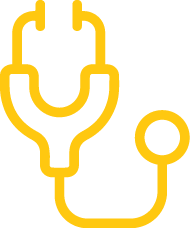Analytical method transfers (AMTs) are a critical step in the drug-development timeline. AMTs often occur due to sequential activities, such as methods transferred from discovery to pre-clinical, to clinical manufacturing, and finally to commercial manufacturing.
They also arise from parallel activities, including multiple testing sites involving formulation and process development, stability, and release testing. Consequently, method transfers are a natural part of project progression.
However, when planning the development timeline, the transfer of analytical methods is often taken for granted. If a method doesn’t perform as expected, it can consume precious days of investigative work to identify the problem and even more time to correct it.
To mitigate these issues, it’s crucial to understand and address common pitfalls in AMTs.
Key Parties in Analytical Method Transfers
Each technology transfer between two laboratories involves two main parties:
- Transferring Laboratory (TL):
The source or laboratory of origin for the analytical procedure. - Receiving Laboratory (RL):
The recipient of the analytical procedure.
At Quercus Labo, our experience in AMT processes has helped us identify several potential pitfalls:
Common Analytical Method Transfer Pitfalls and How to Avoid Them
1. Undefined Acceptance Criteria
One of the most critical components of AMTs is defining specific acceptance criteria. Using risk assessment methodology can help in identifying and setting these criteria effectively.
2. Inadequate Documentation and Protocols
Ensure that properly prepared documentation and protocols are available for executing the AMT. All involved parties (TL, RL, and the sponsor) must agree on the protocols well before the start of the analytical work.
3. Poor Coordination of Samples and Materials
Have a strict plan for coordinating samples, standards, and other materials required for the analytical work. Mismanagement in this area can lead to significant delays and complications.
4. Ineffective Communication
Effective communication is crucial. Ensure all involved parties agree to communicate openly and plan for regular meetings with all stakeholders.
Regular updates and discussions can preempt misunderstandings and ensure that any issues are promptly addressed.
Conclusion: Ensure Smoother AMTs and More Reliable Outcomes
Successfully navigating the transfer of analytical methods is essential for maintaining the momentum of drug development projects.
By identifying and addressing common pitfalls, laboratories can ensure smoother transitions and more reliable outcomes.














